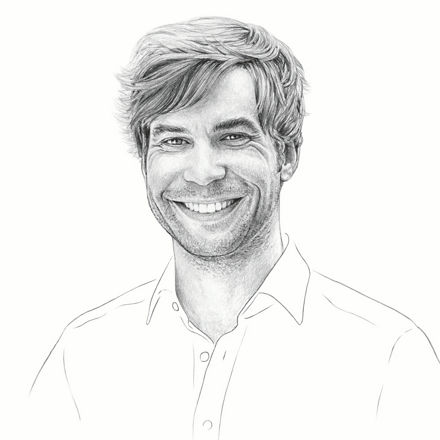




SHORT DISTANCES, OPTIMAL COOPER ATION
In this Alpine republic, Evonik is represented by four locations in Lenzing, Schörfling, Weißenstein, and the capital city, Vienna. The transport routes between some of them are very short. For example, the Lenzing plant produces the polyimide that serves as the basis of innovative high-performance membranes produced in Evonik’s Schörfling plant, which is only a few kilometers away.
Evonik locations
1 Vienna
2 Weißenstein
3 Schörfling
4 Lenzing



